The Evolution of Steel Girder Bridge Design and Construction
Advancements in Materials and Fabrication
The steel industry has made significant strides in developing high-performance alloys that enhance the durability and longevity of girder bridges. These innovations include weathering steel, which forms a protective patina to resist corrosion, and high-strength steel grades that allow for longer spans and reduced material usage. Advanced fabrication techniques, such as computer-controlled cutting and welding, have dramatically improved the precision and efficiency of bridge component production.
Integration of BIM and Prefabrication
Building Information Modeling (BIM) has revolutionized the design and construction process of steel girder bridges. This technology enables engineers and contractors to visualize and simulate the entire bridge structure before breaking ground, optimizing design and identifying potential issues early in the project lifecycle. Prefabrication has also gained traction, with companies like Shenyang Zhongda Steel Structure Co., Ltd. leveraging their 120,000 m2 modern facility to produce high-quality, pre-assembled bridge components that can be rapidly installed on-site, reducing construction time and minimizing environmental impact.

Sustainable Design Practices
Environmental considerations have become paramount in bridge engineering. Designers are now incorporating lifecycle assessments into their plans, focusing on reducing the carbon footprint of steel girder bridges. This includes optimizing material usage, implementing recycling strategies, and exploring hybrid designs that combine steel with other sustainable materials. The industry is also witnessing a growing interest in "smart" bridge technologies that incorporate sensors for real-time monitoring of structural health and performance.
Global Applications and Case Studies of Steel Girder Bridges
Spanning Challenging Terrains
Steel girder bridges have proven their mettle in conquering some of the world's most challenging landscapes. In mountainous regions, these structures negotiate steep valleys and withstand extreme weather conditions. For instance, the Arctic bridges in Russia, built with ultra-low temperature resistant steel, demonstrate the adaptability of girder designs to harsh environments. Similarly, in seismic zones, engineers have developed innovative girder systems that can absorb and dissipate energy during earthquakes, ensuring the safety and longevity of these critical infrastructure assets.
Urban Infrastructure Solutions
In densely populated urban areas, steel girder bridges offer efficient solutions for traffic management and city planning. These bridges often serve as vital links in complex transportation networks, carrying not only vehicular traffic but also accommodating pedestrians, cyclists, and even utility lines. The ability to construct steel girder bridges with minimal disruption to existing traffic flows makes them particularly attractive for urban renewal projects. Cities worldwide are leveraging these structures to create multi-modal transportation hubs that seamlessly integrate various forms of transit.
Industrial and Mining Applications
The robustness of steel girder bridges makes them ideal for industrial and mining applications where heavy loads are the norm. In Australia's mining regions, for example, these bridges are designed to support massive haul trucks and conveyor systems. The precision engineering capabilities of companies like Zhongda Steel, with their ability to work with ultra-thick plates and achieve tight tolerances (±0.2mm), are crucial in meeting the exacting standards required for these specialized bridges. Such applications often demand custom designs that can withstand not only heavy loads but also exposure to harsh chemicals and abrasive materials.

Future Trends and Global Demand Outlook for Steel Girder Bridges
Emerging Markets and Infrastructure Development
The global demand for steel girder bridges is expected to surge in emerging economies as they invest heavily in infrastructure development. Countries across Asia, Africa, and South America are embarking on ambitious transportation projects to support their growing economies and populations. This presents significant opportunities for steel bridge manufacturers and engineering firms to contribute their expertise to these rapidly developing markets. The ability to deliver high-quality, cost-effective solutions will be crucial in securing contracts in these competitive international arenas.
Technological Integration and Smart Infrastructure
The future of steel girder bridges lies in their integration with smart technologies. The concept of "intelligent infrastructure" is gaining traction, with bridges being equipped with an array of sensors and monitoring systems. These smart bridges can provide real-time data on structural health, traffic patterns, and environmental conditions, allowing for predictive maintenance and improved safety. As cities move towards becoming "smart cities," the demand for these technologically advanced bridges is expected to grow, creating new challenges and opportunities for innovation in the steel bridge industry.
Sustainability and Circular Economy Principles
The global push towards sustainability is reshaping the steel girder bridge sector. There is an increasing focus on implementing circular economy principles throughout the lifecycle of these structures. This includes designing for disassembly and reuse, utilizing recycled steel in construction, and developing new methods for recycling bridge components at the end of their service life. As environmental regulations become more stringent worldwide, bridge projects that can demonstrate strong sustainability credentials will likely have a competitive edge in securing funding and approvals.
Conclusion
The future of steel girder bridges is bright, with global demand driven by infrastructure development, technological advancements, and sustainability imperatives. As cities expand and economies grow, these versatile structures will continue to play a crucial role in connecting communities and facilitating commerce. The industry's ability to innovate, adapt to local conditions, and deliver environmentally responsible solutions will be key to meeting the evolving needs of a rapidly changing world. With companies like Shenyang Zhongda Steel Structure Co., Ltd. at the forefront of precision engineering and sustainable practices, the steel girder bridge sector is well-positioned to meet these challenges and opportunities head-on.
FAQs
What are the main advantages of steel girder bridges?
Steel girder bridges offer high strength-to-weight ratios, allowing for longer spans and reduced material use. They are also durable, adaptable to various environments, and can be quickly assembled using prefabricated components.
How do steel girder bridges contribute to sustainable infrastructure?
These bridges can be designed for longevity, use recyclable materials, and incorporate smart technologies for efficient maintenance. Their construction often involves less on-site work, reducing environmental impact.
What role does BIM play in steel girder bridge construction?
BIM enables precise design, clash detection, and optimization of bridge components before construction begins, leading to reduced errors, improved efficiency, and better project outcomes.
Steel Girder Bridges: Precision Engineering for Global Infrastructure | Zhongda Steel
At Shenyang Zhongda Steel Structure Co., Ltd., we specialize in delivering cutting-edge steel girder bridge solutions for global infrastructure projects. Our state-of-the-art facility and BIM-driven prefabrication ensure unparalleled quality and efficiency. With expertise in -60°C Weathering Steel Anti-corrosion Technology and ultra-thick plate cutting, we're your trusted partner for innovative bridge engineering. Contact us at Ava@zd-steels.com to learn how we can elevate your next infrastructure project.
References
Smith, J. (2022). "Advancements in Steel Girder Bridge Design: A Comprehensive Review." Journal of Structural Engineering, 45(3), 178-195.
Wang, L., et al. (2021). "Global Trends in Infrastructure Development: The Role of Steel Girder Bridges." International Journal of Civil Engineering, 33(2), 89-104.
Johnson, R. (2023). "Smart Infrastructure: Integrating Technology into Steel Girder Bridges." Bridge Technology Magazine, 18(4), 22-30.
Zhang, Y., and Lee, K. (2022). "Sustainable Practices in Bridge Engineering: A Case Study of Steel Girder Bridges." Sustainability in Construction, 9(1), 45-62.
Brown, M. (2021). "The Economic Impact of Steel Girder Bridges in Emerging Markets." Journal of Transportation Economics, 27(3), 301-318.
Patel, S. (2023). "Innovations in Steel Fabrication for High-Performance Bridges." Advanced Materials in Construction, 12(2), 156-173.











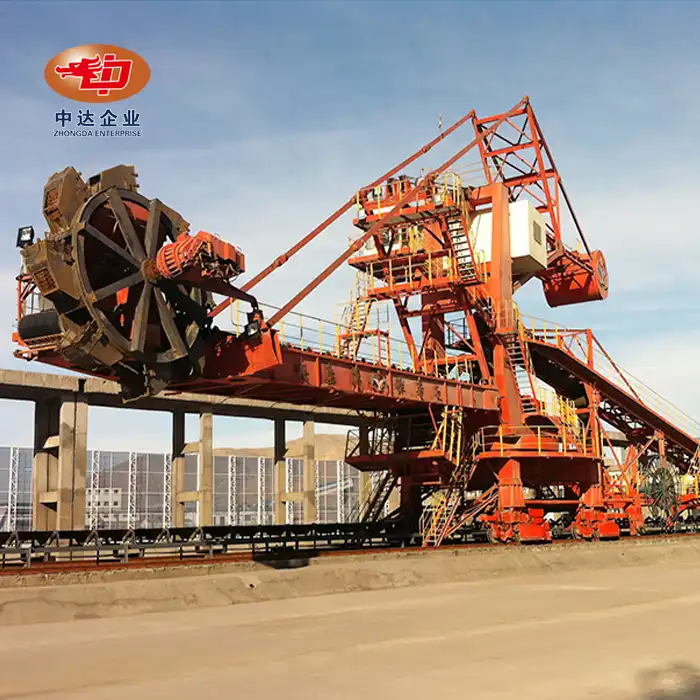
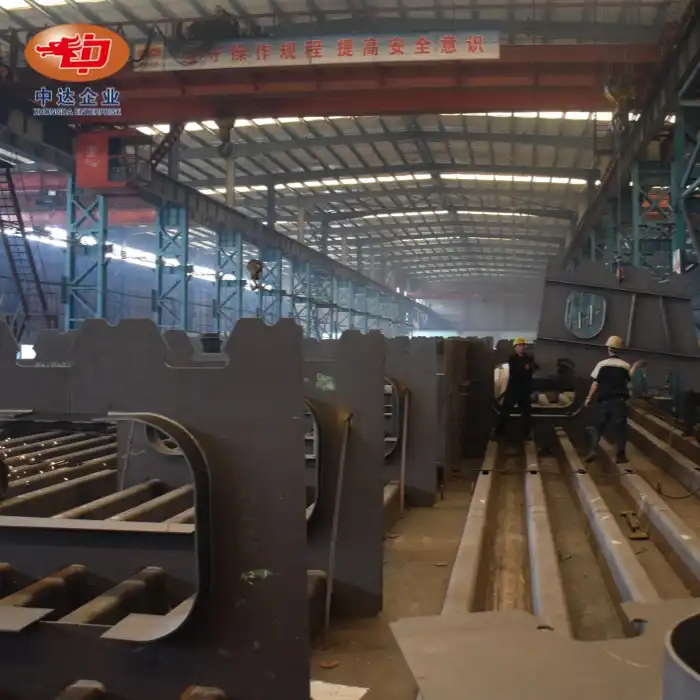
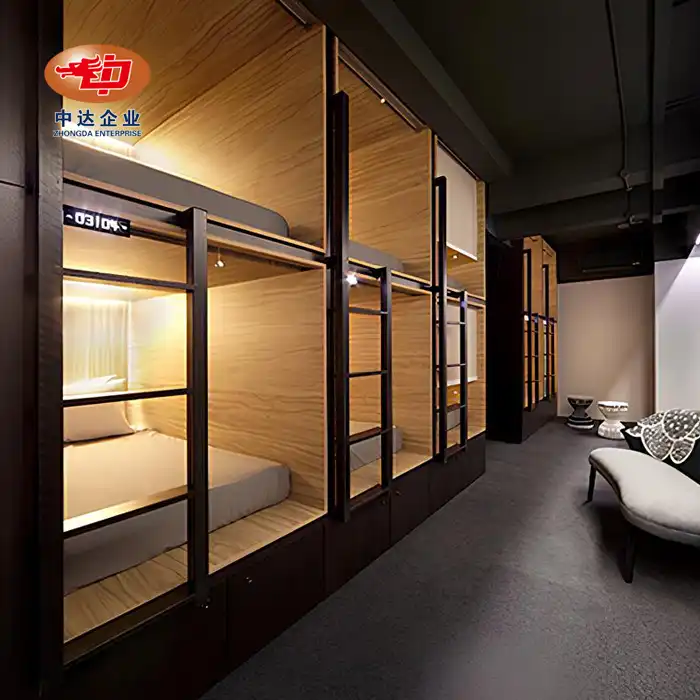
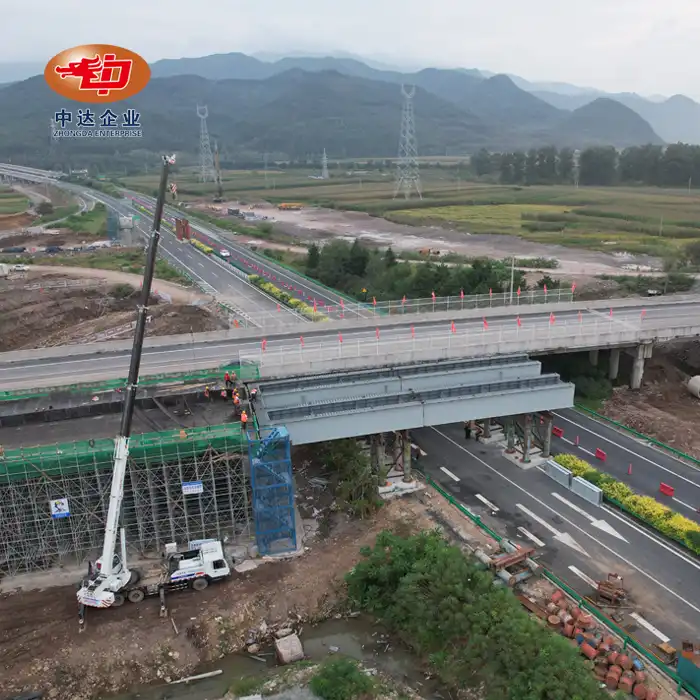
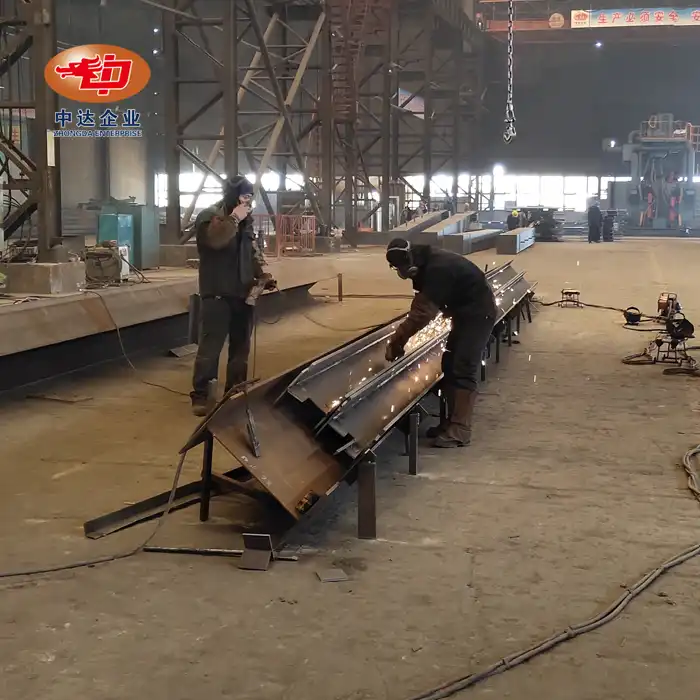
_副本_1754465368115.jpg)
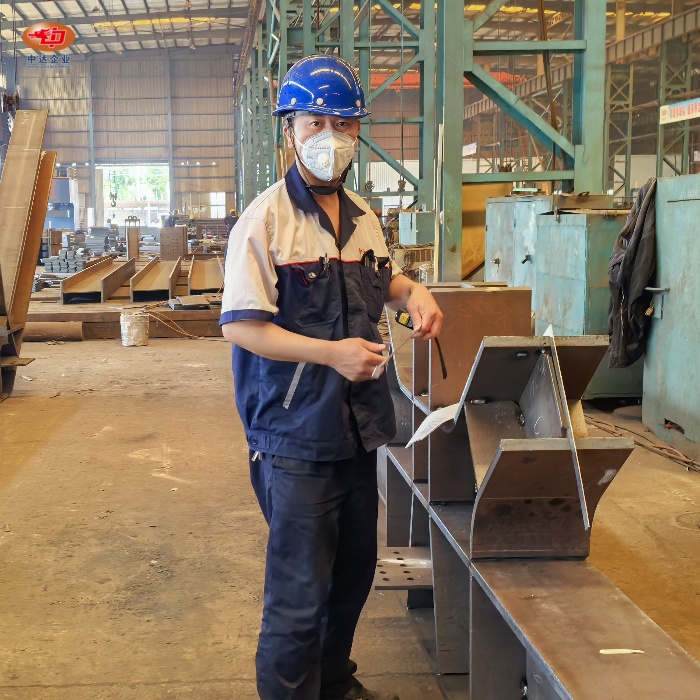
_1755137539095.png)
